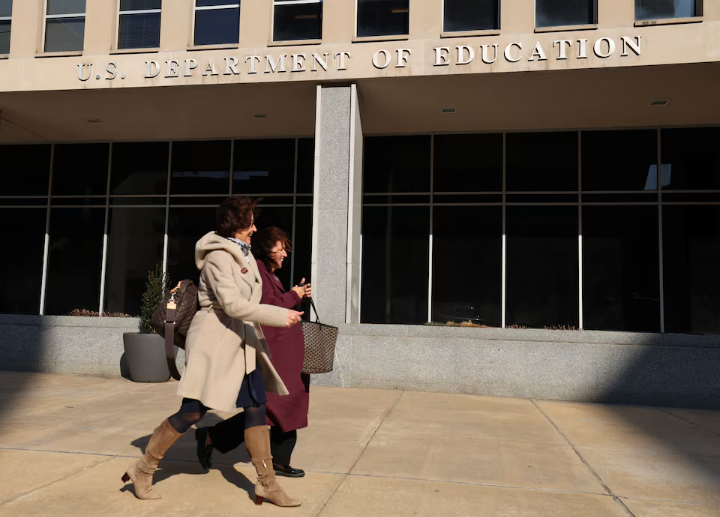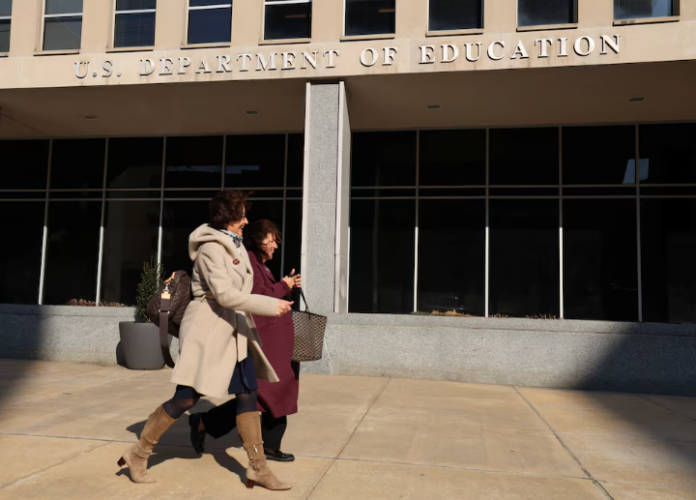In a landmark decision, President Donald Trump has initiated the process to dismantle the U.S. Department of Education, aiming to decentralize federal control over education and reassign its key functions to other federal agencies. This move is part of a broader strategy to streamline government operations and enhance efficiency.
Executive Order to Dismantle the Department
On March 20, 2025, President Trump signed an executive order directing Education Secretary Linda McMahon to commence the dissolution of the Department of Education. This action seeks to transfer educational authority back to individual states and local communities, thereby reducing federal oversight. Trump expressed his vision by stating, “It sounds strange, doesn’t it? Department of Education, we’re going to eliminate it.”
Reallocation of Responsibilities
The dismantling plan involves reallocating the department’s primary functions to other federal agencies:
- Student Loans Management: The Department’s extensive student loan portfolio, valued at approximately $1.7 trillion and serving over 44 million borrowers, will be transferred to the Small Business Administration (SBA). SBA Administrator Kelly Loeffler has been tasked with overseeing this transition. President Trump remarked, “We have a portfolio that’s very large, lots of loans, tens of thousands of loans. That’s coming out of the Department of Education immediately, and it’s going to be headed up by Kelly Loeffler.”
- Special Needs and Nutrition Programs: Programs catering to special needs education and student nutrition will be moved under the jurisdiction of the Department of Health and Human Services (HHS), led by Secretary Robert F. Kennedy Jr. This shift aims to consolidate services that align more closely with HHS’s existing mission.
Implications and Concerns
While the administration argues that these changes will lead to greater efficiency and reduced federal expenditure, critics express concerns about potential disruptions:

- Impact on Borrowers: Transferring the management of student loans to the SBA raises questions about the agency’s capacity to handle such a vast and intricate portfolio. James Kvaal, former Under Secretary of Education, cautioned that borrowers might face challenges during this transition, especially those already struggling with repayments. He noted, “Cutting the staff in half—and transferring the work to a wholly new agency—is a massive workload burden just when vulnerable borrowers need help the most.”
- Service Delivery: The Department of Education has historically played a pivotal role in enforcing civil rights laws, conducting educational research, and administering nationwide assessments. The redistribution of these functions to other agencies or state governments may lead to inconsistencies in service delivery and oversight.
Political Landscape
The complete abolition of the Department of Education requires congressional approval—a challenging prospect given the current political climate. However, by reallocating its core functions and significantly reducing its workforce, the administration is effectively minimizing the department’s influence. This strategy aligns with conservative goals of limiting federal involvement in education.
President Trump’s initiative to dismantle the Department of Education marks a significant shift in federal education policy, emphasizing state and local control. As these changes unfold, stakeholders will closely monitor their impact on students, educators, and the broader educational landscape.



